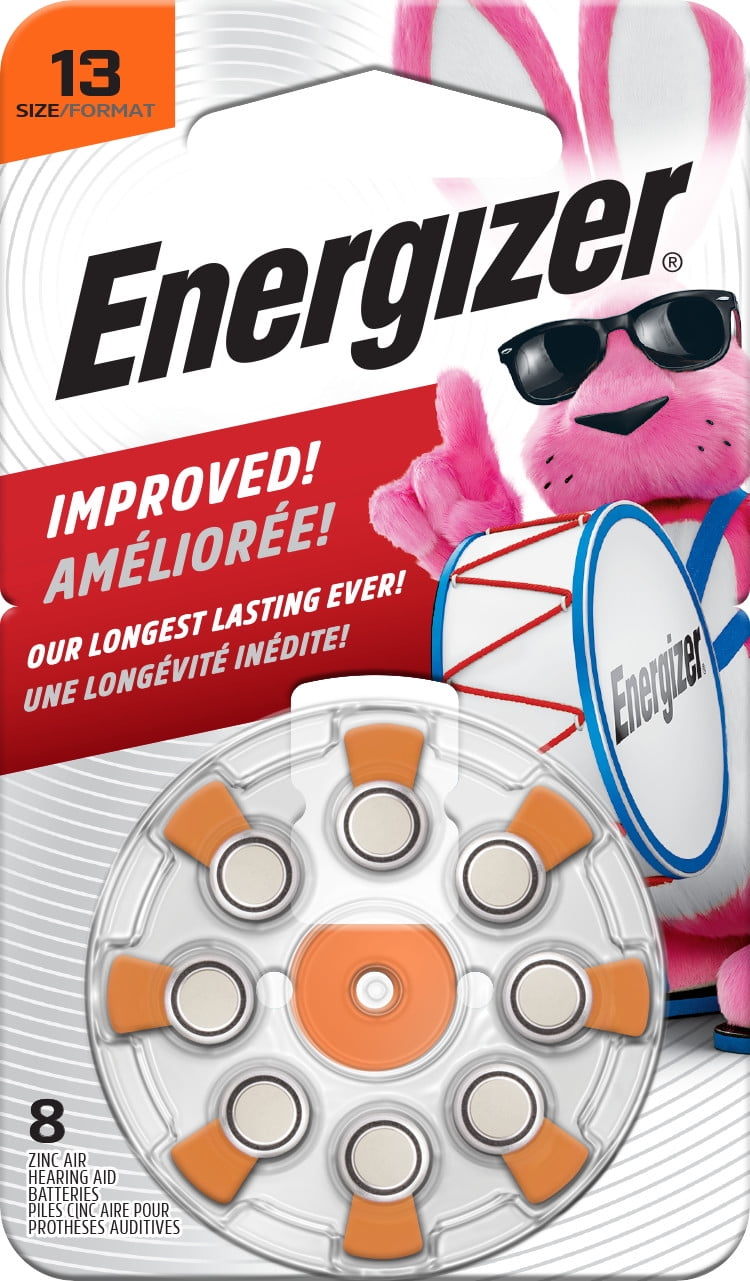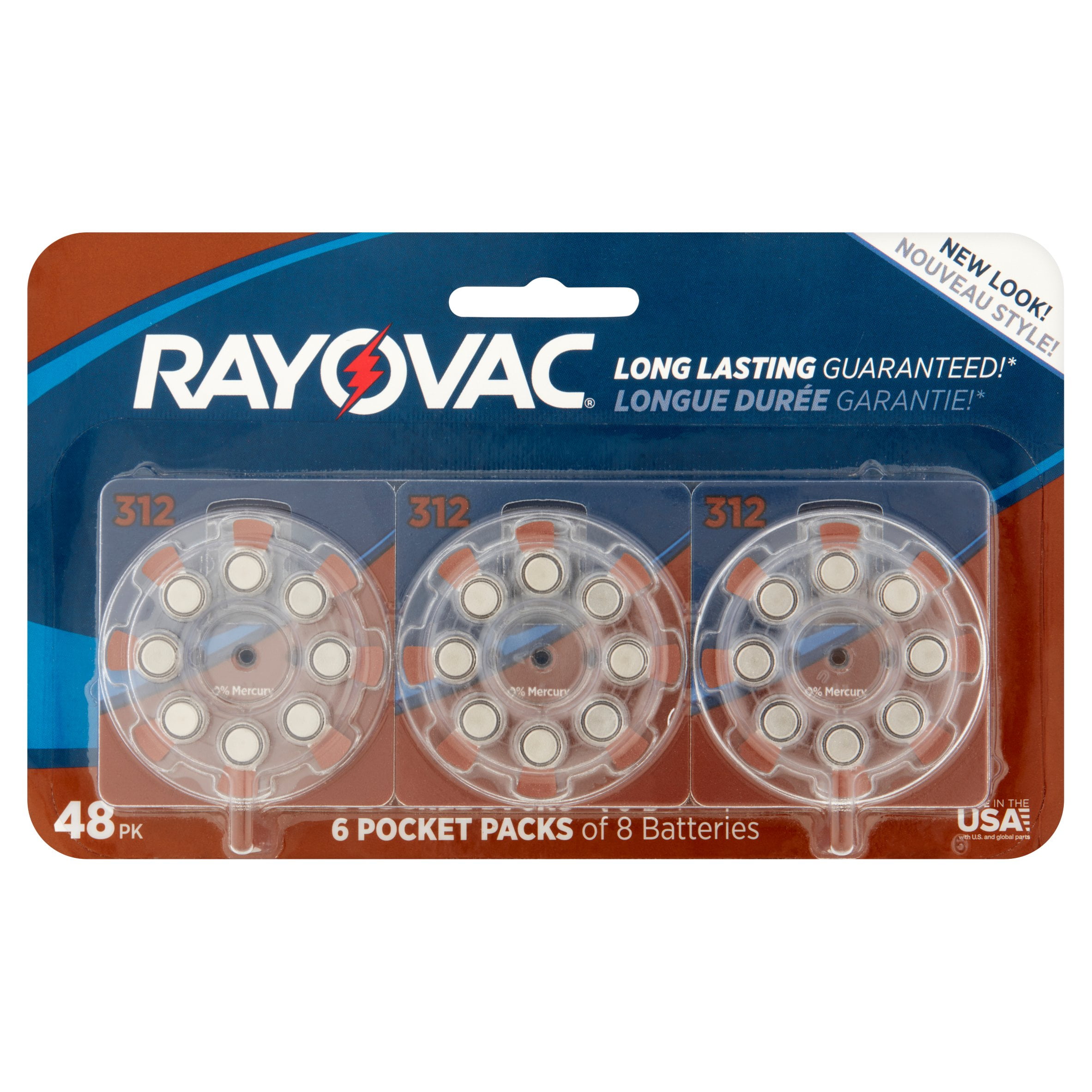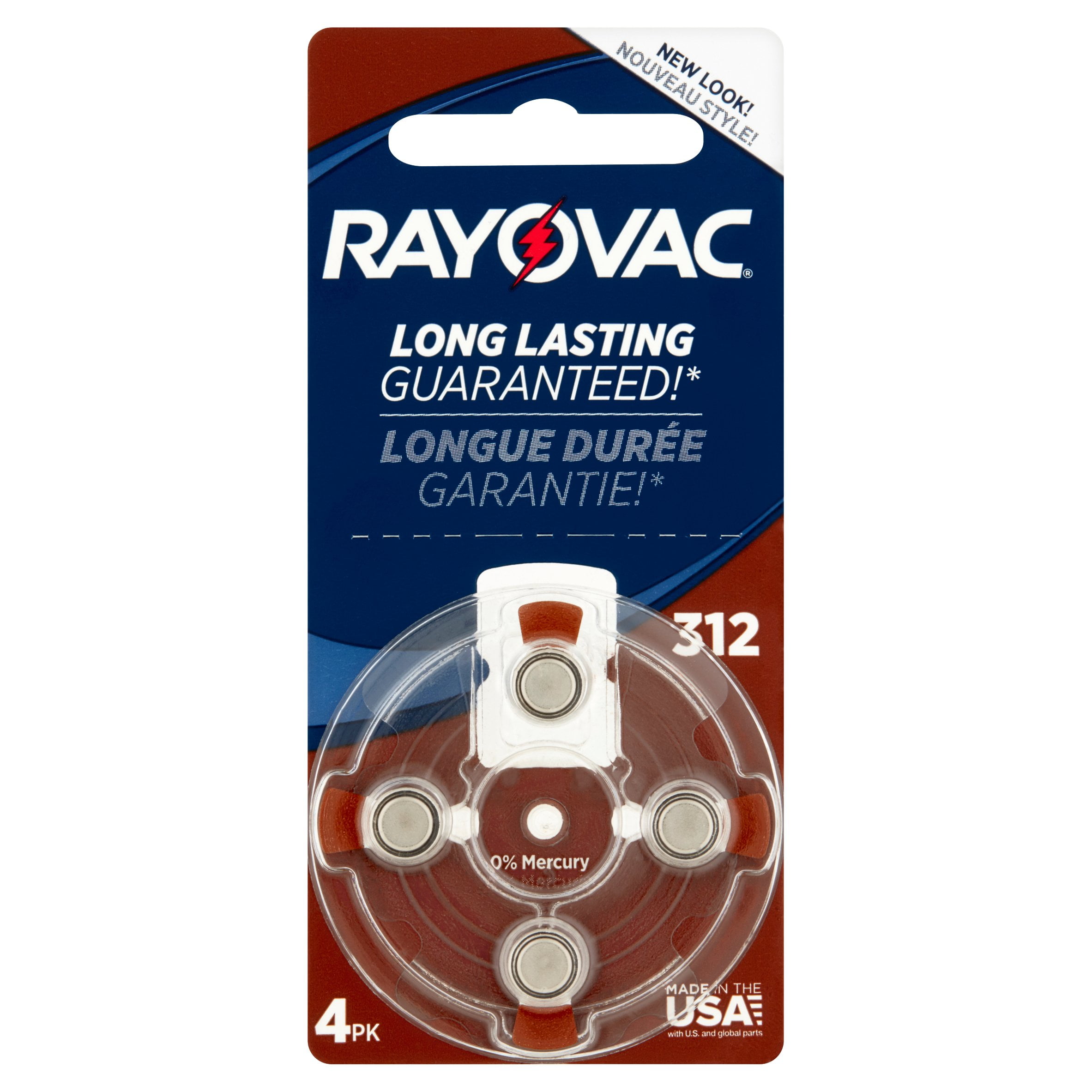

Compare this cost and convenience to the ongoing cost of disposable hearing aid batteries to see which makes the most financial sense to you.The Trick to Making Hearing Aid Batteries Last Longer The cost of a charging unit and replacement batteries is sometimes not included in the price of rechargeable hearing aids. While infrequent, such incidents should be considered when choosing between rechargeable and disposable hearing aid batteries. When rechargeable batteries do need replacing, they must be replaced by someone with proper training, which can leave you with a loaner aid for a few days.Power outages or accidentally turning the charging dock off can also interfere with recharging.

Very active people may prefer the convenience of being able to replace disposable batteries on the go. There are some rechargeable models that offer a fast-charge option, which takes only 30 minutes to give the battery an extra four hours of life. Recharging lithium batteries can take time, which is why rechargeable hearing aids are usually charged at night.
 The size of rechargeable batteries currently limits their use to behind-the-ear and receiver-in-canal hearing aids, limiting your choice of hearing aid models. That’s not to say there aren’t drawbacks to rechargeable hearing aids: Built-in batteries also eliminate the risk of accidentally ingesting batteries, so they’re a good choice for young children. People who struggle to replace disposable button batteries due to physical limitations may find that rechargeable hearing aid batteries make life much easier. Charging the batteries is as simple as docking the hearing aids every night, and there’s no need to regularly replace batteries. Rechargeable batteries have plenty going in their favor. When replacing a battery, take the protective film off it but wait a few minutes to allow oxygen to permeate the battery before adding it to the hearing aid battery compartment. Do not purchase hearing aid batteries when the protective film is damaged or removed. Do not remove the protective film from disposable hearing aid batteries until you are ready to use them. Avoid carrying batteries in pockets or purses, where they can make contact with keys, coins, or other metal objects which can cause the battery to short circuit. If you won’t use the hearing aid for an extended period of time, remove the battery from the battery compartment. At night, turn off the hearing aid and open the battery compartment to allow any accumulated moisture to evaporate. Store batteries at room temperature in dry environments – avoid storing spare batteries in bathrooms and other hot or humid locations. Ways to extend hearing aid battery life include: And of course, the longer you can make a battery last, the more value you’re getting for your money. The longer the battery lasts, the less you have to replace dead batteries, whose size makes them tricky to manipulate. Extending your hearing aid’s battery life has practical and financial advantages.
The size of rechargeable batteries currently limits their use to behind-the-ear and receiver-in-canal hearing aids, limiting your choice of hearing aid models. That’s not to say there aren’t drawbacks to rechargeable hearing aids: Built-in batteries also eliminate the risk of accidentally ingesting batteries, so they’re a good choice for young children. People who struggle to replace disposable button batteries due to physical limitations may find that rechargeable hearing aid batteries make life much easier. Charging the batteries is as simple as docking the hearing aids every night, and there’s no need to regularly replace batteries. Rechargeable batteries have plenty going in their favor. When replacing a battery, take the protective film off it but wait a few minutes to allow oxygen to permeate the battery before adding it to the hearing aid battery compartment. Do not purchase hearing aid batteries when the protective film is damaged or removed. Do not remove the protective film from disposable hearing aid batteries until you are ready to use them. Avoid carrying batteries in pockets or purses, where they can make contact with keys, coins, or other metal objects which can cause the battery to short circuit. If you won’t use the hearing aid for an extended period of time, remove the battery from the battery compartment. At night, turn off the hearing aid and open the battery compartment to allow any accumulated moisture to evaporate. Store batteries at room temperature in dry environments – avoid storing spare batteries in bathrooms and other hot or humid locations. Ways to extend hearing aid battery life include: And of course, the longer you can make a battery last, the more value you’re getting for your money. The longer the battery lasts, the less you have to replace dead batteries, whose size makes them tricky to manipulate. Extending your hearing aid’s battery life has practical and financial advantages.







 0 kommentar(er)
0 kommentar(er)
